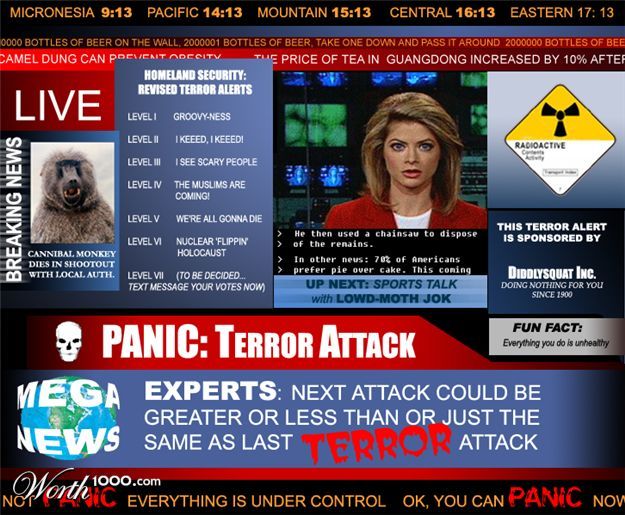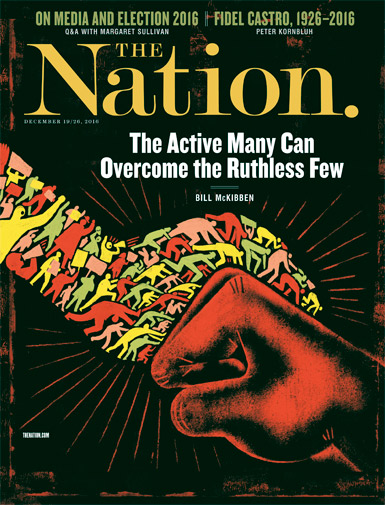The Fourth Estate
The fourth estate is a term that positions the press as the fourth branch of government and one that is important to a functioning democracy.
The First Amendment to the Constitution “frees” the press but carries with it a responsibility to be the people’s watchdog.
Network 1976
Originally this film was going to be part of a favorite monologues piece. However, after watching Howard Beale’s (Peter Finch) speech on the state of the world, I felt the need to turn it into a full-blown post on its own.
This prophetic monologue is incredible! It could very well have been given today. His truth and passion still hit hard. Politically, I feel this way most days.
“Network” is a 1976 American satirical black comedy-drama written by Paddy Chayefsky and directed by Sidney Lumet, about a fictional television network, UBS, and its struggle with poor ratings. The film stars Faye Dunaway, William Holden, Peter Finch, and Robert Duvall.
When I saw this movie at its premiere I thought it was pinpoint accurate as a representation of the industry and the direction it was going. Today’s corporate media has even surpassed the foretold death of true journalism that “Network” showcased.
Entertainment television was the news style of the film and parrots the absurdity of what passes for the Fourth Estate today.

As a journalism student in the ’70s, I’ve been outraged over time witnessing the demise and bastardization of the reason for journalism, to begin with. The news is supposed to inform the public of what is going on in Washington and globally. It’s supposed to be impartial, probing and take seriously the consequences of misleading and misinforming the American people of information needed to make informed decisions on our public servants and events.

I often think of the Watergate scandal and how very different it would have emerged in today’s news environment. Bob Woodward and Carl Bernstein from the Washington Post represented the best of journalism and the importance of separating news from entertainment; digging deep and not letting up until all the facts had been revealed.
Chilling commentary and viewpoint from the Corporate Chairman (Ned Beatty)
Allegedly, part of the inspiration for Chayefsky’s script came from the on-air suicide of television news reporter Christine Chubbuck in Sarasota, Florida two years earlier. The anchorwoman was suffering from depression and battles with her editors, and unable to keep going, she shot herself on camera as stunned viewers watched on July 15, 1974. Chayefsky used the incident to set up his film’s focal point. As he would say later in an interview, “Television will do anything for a rating… anything!”

However, Dave Itzkoff’s book Mad as Hell: The Making of Network and the Fateful Vision of the Angriest Man in Movies disputes this, asserting that Chayefsky actually began writing “Network” months before Chubbuck’s death and already planned for Howard Beale to vow to kill himself on air; Chubbuck’s suicide was an eerie parallel. (Wikipedia)
Whatever the order of events, Paddy Chayefsky’s intuition and writing are inspired! Words we should never take lightly and always remember.

In 2000, the film was selected for preservation in the United States National Film Registry by the Library of Congress as being “culturally, historically, or aesthetically significant”. In 2002, it was inducted into the Producers Guild of America Hall of Fame as a film that has “set an enduring standard for U.S. American entertainment”. (Wikipedia)

In 2006, the two Writers Guilds of America voted Chayefsky’s script one of the 10 greatest screenplays in the history of cinema. In 2007, the film was 64th among the 100 greatest American films as chosen by the American Film Institute, a ranking slightly higher than the one AFI had given it ten years earlier.

Frederick George Peter Ingle Finch
( September 28, 1916 – January 14, 1977)

The role of Howard Beale earned him a posthumous Academy Award for Best Actor, his fifth Best Actor award from the British Academy of Film and Television Arts, and a Best Actor award from the Golden Globes. He was the first person to win a posthumous Academy Award in an acting category.
Although Finch didn’t live to receive the Academy Award for Best Actor, his performance as Howard Beale will never leave the memories of those who witnessed it.

So, in honor of Howard Beale let’s all get up off our chairs, go to the window and yell – “I’m mad as hell and I’m not going to take this anymore!”
And, after you’re done, make sure to stay woke, get involved and VOTE!
















